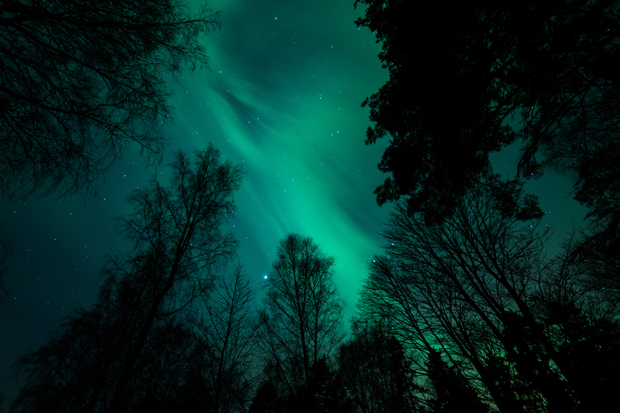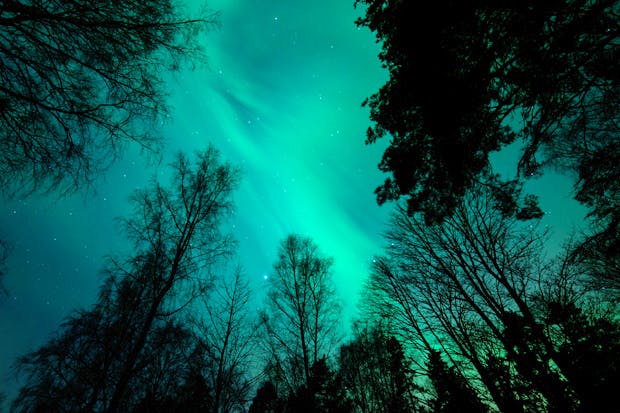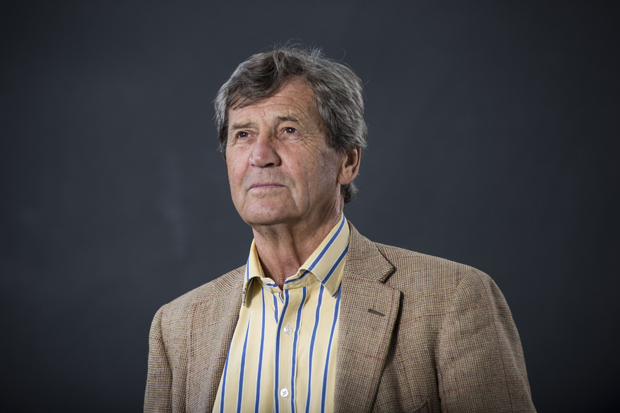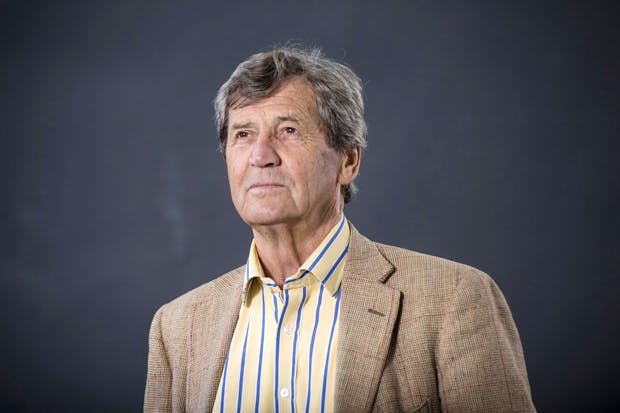In this season of watching and waiting as we approach Christmas and year’s end, radio has a precious role. At the switch of a button you can be taken straightaway into another kind of life, a different world, where present realities are not relevant or can at least be made to feel less imperative. While the screen can transport you to places you’ve never been, its visual escapism never quite overwhelms the imagination in the way that words, sound effects, music will do if subtly shaped into audio magic. Who needs images when in an instant you can be taken in your imagination to the wilds of northern Finland, crunching through the snow, wind whistling in the background, breath sharp on the lungs in the
freezing air?
In Burn Slush! on the World Service (catch it on iPlayer under The Documentary series), Cathy FitzGerald takes us on a sleigh ride through the night-time forest, beneath a sky studded with stars, the Northern Lights flickering in the distance. We hear the silence of that deep darkness and need no pictures to conjure up the Great Bear, the snowy vastness, the sense of being at the top of the world, beyond the Arctic Circle. ‘I think everyone should spend a short time with these reindeer here in this big winter silence,’ says the reindeer herder who is her guide. ‘To have this in your soul. To have this as the base of who you are…. It’s a really strong foundation.’
Each spring the herders gather for reindeer races, pulled along on cross-country skis. It takes years of experience, generations of working with the reindeer, living alongside them, to persuade them to race along the track and not wander off — they’re not biddable like horses. You have to negotiate with them.
At the championships held on a frozen lake near the village of Inari in Finland, a crowd gathers to watch, drinking vodka, hot blueberry juice, snacking on cinnamon buns and reindeer meat (‘It’s delicious,’ we’re told. ‘Sorry Rudolf!’), as the reindeer race around the 2km track at 30mph. FitzGerald meets a young woman, just 18, who’s been herding reindeer since she was a child and aged 12 held the record as the youngest female to shoot a moose. She also talks to a former champion who this year fails to rein in
his deer.
‘How did you do?’ she asks. ‘Crap,’ he replies.
‘Was it you or the deer?’
‘Both!’
On Radio 4, another classy feature is The Sigh (produced by Clare Jenkins). Why do we do it? When? How? The poet Imtiaz Dharker discovers that her life is ‘a sequence of sighs’. They’re ‘like commas’, she says, ‘hanging backward in the air, punctuating the day and half the night’. The getting-up sigh, the first sip of tea aaahhh, the settling down to work grunt, the work going badly aaaggghhh, that inconvenient phonecall harrumph …We sigh for so many different reasons: frustration, despair, longing, ecstasy, fear.
In the past, says the historian Hannah Newton, to sigh was a way of purging oneself of melancholy, of repairing a broken heart. It was also seen as a way of alerting the divine that all is not well, of letting God know about your pain, when words themselves were inadequate to express what you needed to say or too hard to find. A sigh can be most expressive, says Dharker, and very useful to poets, even though it’s beyond language, signalling a pause, a moment of reflection, a redirection.
Music, too, is filled with sighs, from Purcell’s Dido (‘drenched in one sigh after another’) to Paul McCartney’s ‘Yesterday’, though never more so than in Jane Birkin and Serge Gainsbourg’s ‘Je t’aime’. More prosaically, Lynne Barker, a cognitive neuroscientist, tells us that most mammals sigh. It’s a cardiorespiratory resetting device, a survival mechanism. Babies sigh a lot, as do mice — about 40 times a day — because their heart rate is so high and needs to be regulated every so often. A sigh, Dharker reminds us, is a way for the body to speak without words, to have a private conversation, no one else involved. We all do it, every day, sighing together but alone, and for a million different reasons.
Panicky sighs, an aircraft’s engine echoing through the depths of a winter night, fear made real through sound alone. Frederick Forsyth’s seasonal ghost story The Shepherd is given 360° binaural treatment on Radio 3 (produced by Amber Barnfather), its eerily authentic soundscape taking us right inside the mind of the pilot (read by Luke Thompson).
He takes off from an RAF airfield in Germany hoping to make it home in time for Christmas but is soon in trouble. His compass fails, then his radio dies, leaving him defenceless under the infinite night sky with no one to talk to. Below lies the North Sea, eager to ‘bury him for eternity in a liquid crypt’. He heads for the coast, hoping to recognise the lights of Norwich, only to discover that a dense fog has crept in from the sea. In the nick of time a ‘shepherd’ arrives, ready to guide him down. But who is he? Where did he come from?
The post Northern exposure appeared first on The Spectator.
Got something to add? Join the discussion and comment below.
Get 10 issues for just $10
Subscribe to The Spectator Australia today for the next 10 magazine issues, plus full online access, for just $10.
You might disagree with half of it, but you’ll enjoy reading all of it. Try your first month for free, then just $2 a week for the remainder of your first year.












Comments
Don't miss out
Join the conversation with other Spectator Australia readers. Subscribe to leave a comment.
SUBSCRIBEAlready a subscriber? Log in